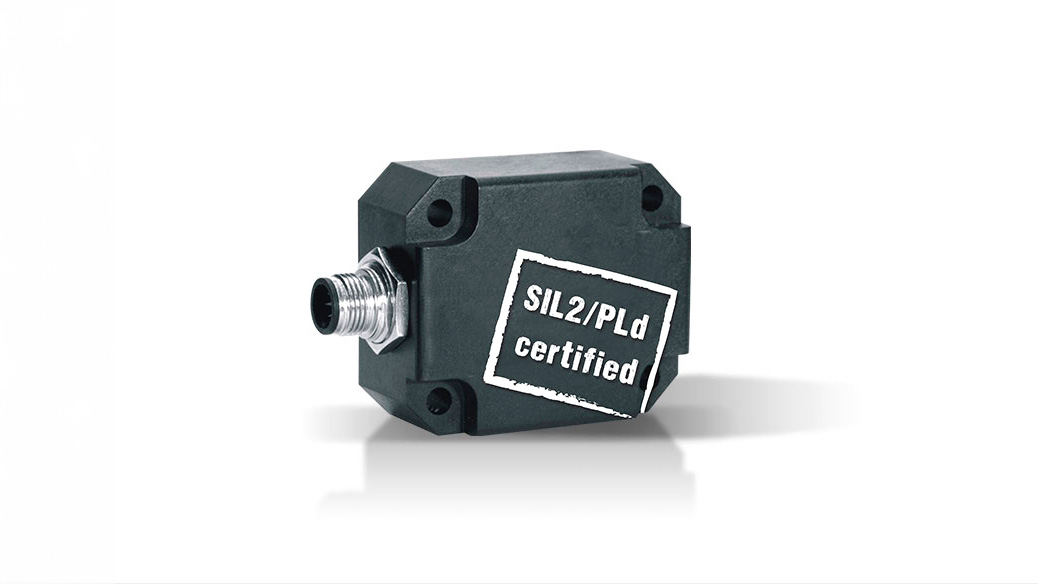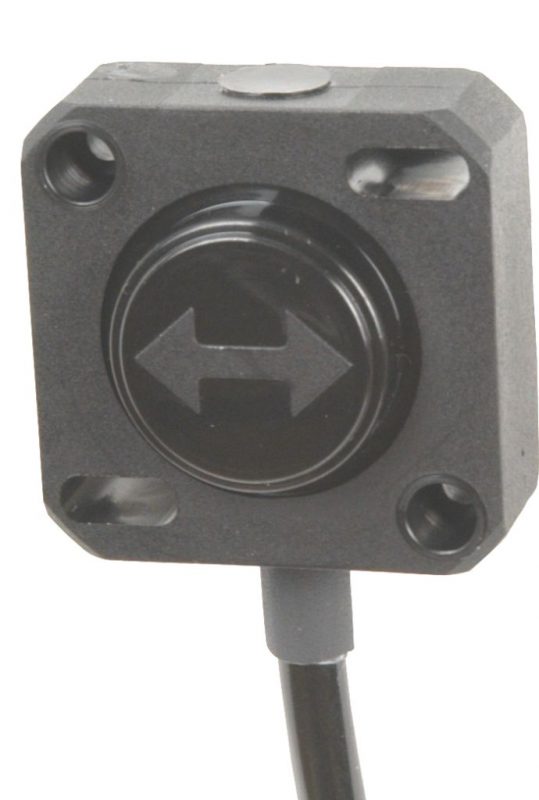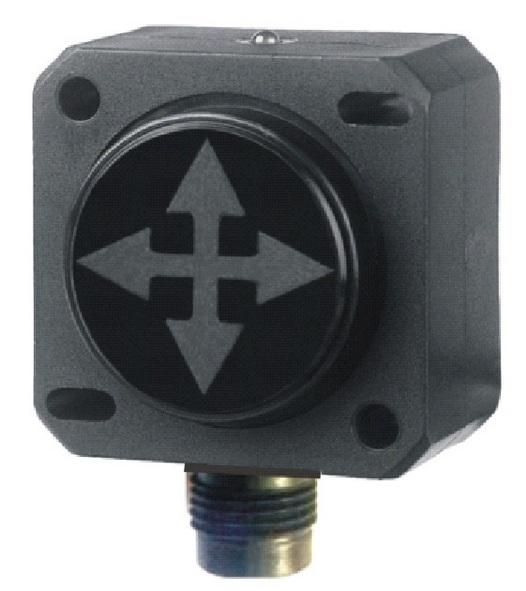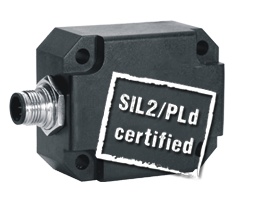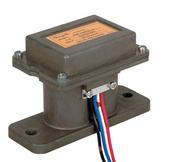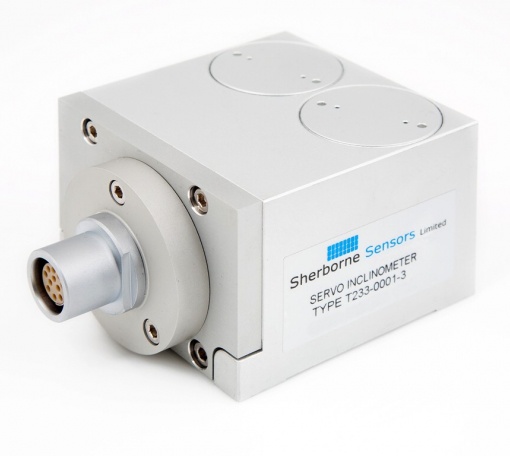INCLINATION SENSORS
A tilt sensor measures the inclination of an object relative to Earth’s gravitational pull. Tilt sensors are widely used in mobile devices such as personnel lifts, as well as in earthmoving and forestry machines. The sensor always measures the angle directly relative to the ground, but some sensors have a separate calibration feature that allows the sensor’s zero point to be set, even if the sensor is installed at a slight angle. Sensors are available in 1-, 2-, or 3-axis versions. The output signal can be analog, 0.5-4.5 / 0-10 VDC or 4–20 mA, or digital CANopen. The maximum tilt angle range can be selected between 5° and 360°.
There are mainly three different types of tilt sensors, with MEMS-based sensors being the most widely used today. These are based on a small micromechanical pendulum inside the sensor circuit. This is also the most affordable type of sensor and can be found in devices such as mobile phones and other consumer electronics, though sensors of varying quality exist within this category. For example, all sensors from the manufacturer DIS are MEMS-based.
Another type of tilt sensor, which was widely used before, is the capacitive sensor. This type measures tilt using a conductive liquid. Before the MEMS era, it was the most commonly used type and it has excellent temperature properties, whereas MEMS sensors tend to drift more as the temperature changes.
The third type is the precise servo tilt sensor. These also rely on a kind of pendulum structure, counteracted by a servomotor. They are typically highly accurate and are used in applications like MIL (military) systems. The Sherborne Sensors that we represent are of this type, and they are used, for instance, in the Apache Longbow helicopter.
